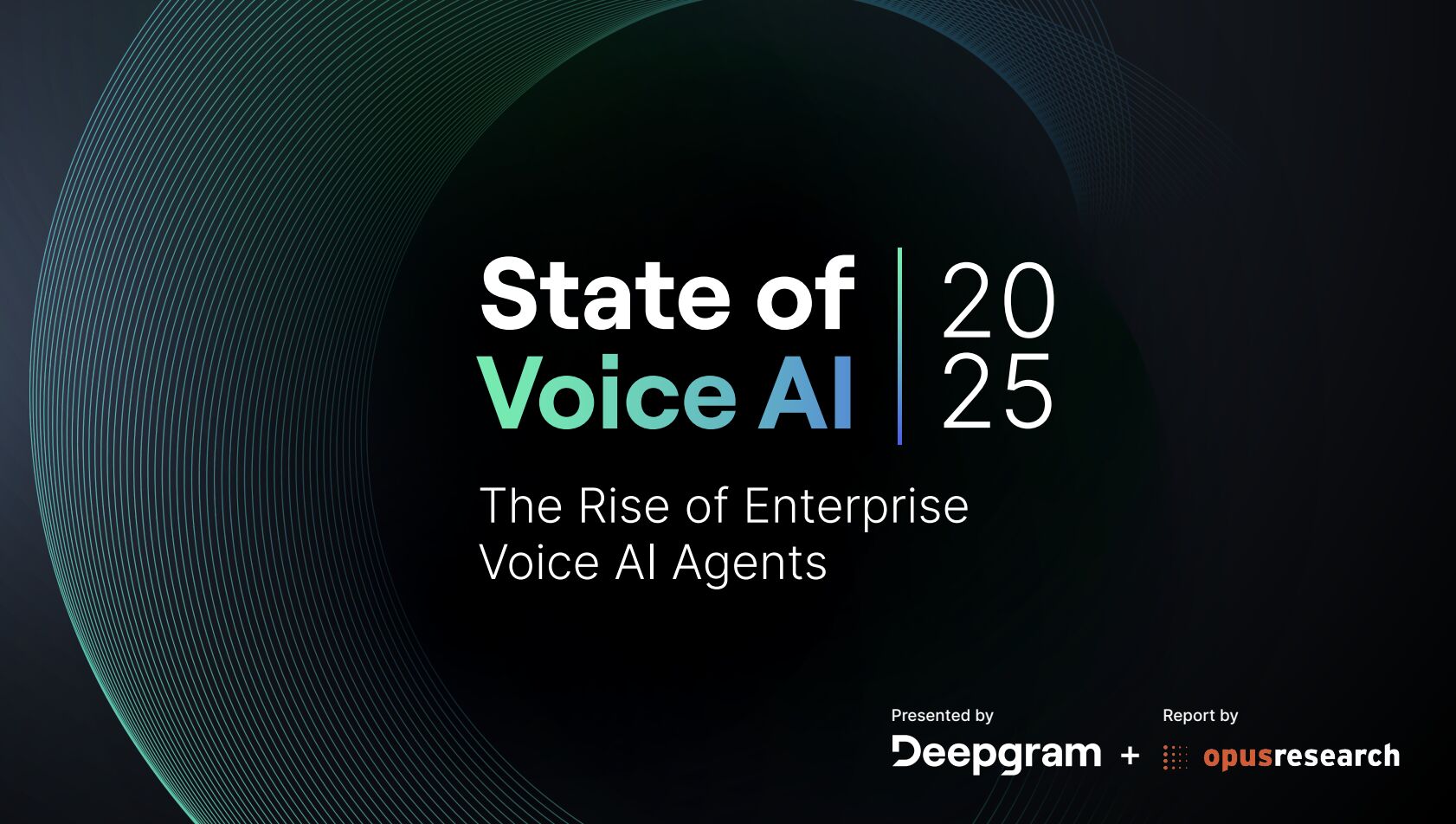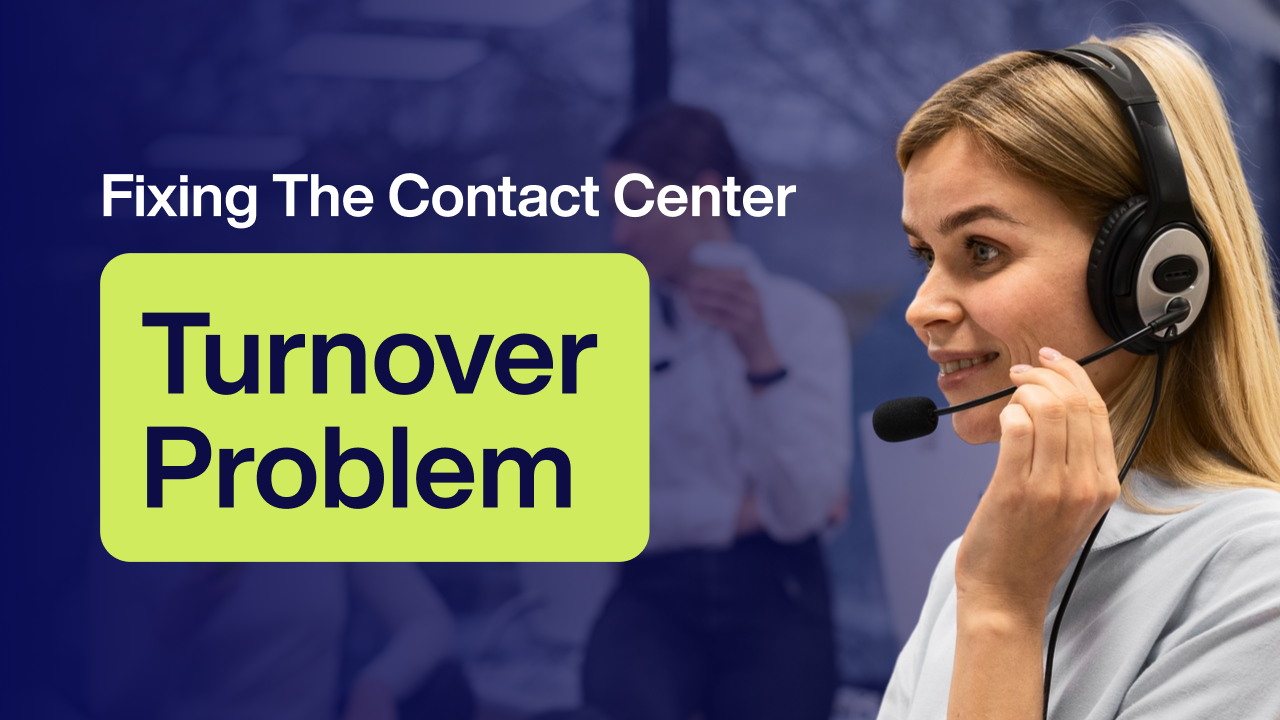The 80/20 of Contact Center Automation: What to Automate vs. Augment
.png)

The 20% That Changes Everything
Most contact centers can automate 80% of their interactions successfully. The challenge is recognizing the 20% where automation fails and hybrid approaches create the most value.
Smart organizations focus less on maximizing automation coverage and more on optimizing the split between what machines handle independently and what humans handle with AI assistance.
The Automation Decision Framework
High-Volume, Low-Complexity Tasks (Pure Automation)
These interactions follow predictable patterns with clear data sources and limited exceptions. Account balance inquiries, password resets, appointment scheduling, and basic product information fit this category perfectly.
The automation criteria: If a new employee could handle the interaction using a simple script and database lookup, AI can likely manage it completely.
Moderate Complexity Tasks (Hybrid Augmentation)
These interactions require some judgment but follow general business rules. Billing disputes, service modifications, technical troubleshooting, and policy exceptions benefit from AI assistance rather than pure automation.
The augmentation criteria: If the interaction requires both information gathering and decision-making, hybrid approaches optimize both speed and quality.
High-Stakes Relationship Tasks (Human-Led)
Complex problem-solving, emotional support, sales opportunities, and escalated complaints require human expertise with AI providing background support and suggested solutions.
The human criteria: If the interaction could significantly impact customer lifetime value or requires creative problem-solving, humans should lead with AI assistance.
ROI Analysis
Pure Automation ROI
Highest immediate cost savings but limited to routine interactions. ROI calculation involves cost per automated interaction versus human handling cost, but must account for escalation rates when automation fails.
Hybrid Augmentation ROI
Moderate immediate savings with higher long-term value through improved resolution rates and customer satisfaction. ROI includes both efficiency gains and relationship preservation benefits.
Human-Led with AI Support ROI
Lower immediate cost savings but highest customer lifetime value impact. ROI calculation requires factoring relationship retention and revenue growth from superior problem resolution.
Implementation Roadmap
Phase 1: Pure Automation Quick Wins
Start with the most obvious automation candidates—high-volume, routine interactions with clear success criteria. This generates immediate ROI and builds organizational confidence in AI capabilities.
Phase 2: Hybrid Model Development
Implement AI augmentation for moderate complexity interactions. Focus on seamless escalation processes and context preservation between AI and human touchpoints.
Phase 3: Advanced Integration
Deploy AI assistance for human-led interactions, providing real-time information, suggested responses, and predictive insights during complex conversations.
Finding Balance
Volume vs. Value Optimization
Effective automation strategies balance volume efficiency with value creation. Automating 90% of interactions means nothing if the remaining 10% drive 80% of customer satisfaction and revenue impact.
Customer Experience Alignment
The best automation frameworks match customer preferences with service delivery methods. Customers want speed for routine tasks and expertise for complex issues, hybrid models deliver both.
Organizational Change Management
Successful hybrid transformation requires redefining agent roles rather than eliminating positions. Agents become problem-solving specialists rather than information processors.
Measuring Hybrid Success
Success metrics must balance efficiency gains with relationship outcomes. Traditional metrics like average handle time become less relevant than overall customer problem resolution and satisfaction across the entire hybrid system.
Ready to optimize your contact center automation strategy?
EGS helps organizations design hybrid transformation roadmaps that maximize both efficiency and customer relationship value.

No Spam —
Just Good Stuff.
Join our newsletter for actionable advice, insider knowledge, and strategies that drive real results.
No fluff, just value.
.png)
%20(1).png)
From The Blog
Read All Articles
Hybrid AI That Actually Moves the Needle in Healthcare RCM

How AI-Human Collaboration Elevates Quality Assurance on the Factory Floor

Why Nearshore Hybrid BPOs Outperform Offshore Automation Centers

How Hybrid AI Voice Bots Elevate CX and Make Agents Unstoppable

AI‑Human Hybrid Support That Elevates Fraud Detection and Compliance

How Hybrid AI Streamlines Healthcare Revenue Cycle—Without Losing the Human Touch

AI-human hybrid quality assurance for supply chain accuracy

Why Nearshore Hybrid BPOs Outperform Offshore Automation Centers

AI + Human QA on the Line: How Hybrid Teams Raise Manufacturing Quality

Why Nearshore Hybrid BPOs Outperform Offshore Automation Centers

How AI-Human Collaboration Elevates Quality Assurance in Modern Manufacturing

Hybrid AI That Keeps Schedules Full: Reducing Patient No‑Shows and Burnout

Why Nearshore Hybrid BPOs Outperform Offshore Automation Centers

Hybrid AI That Quietly Fixes Healthcare RCM—Starting With the Schedule

How AI-Human Collaboration Raises the Bar on Manufacturing Quality Assurance

How Hybrid AI Tackles the Toughest Banking Service Moments

AI + Human QA: How Hybrid Teams Catch Defects Early and Strengthen Audits

How Hybrid AI Cuts Churn in Telecom and Retail—Without Losing the Human Touch

Hybrid AI for Financial Services: Faster Resolution, Stronger Compliance, Human-Centered Support

Hybrid AI That Fills Schedules and Eases Burnout: Reducing Patient No-Shows in Healthcare

Hybrid AI-human support that strengthens fraud detection and compliance—without breaking customer trust

AI + Humans: Elevating Quality Assurance on the Factory Floor

AI-human hybrid quality assurance for supply chain accuracy

Hybrid AI That Keeps Schedules Full—and Clinicians Fresh

AI-Human Hybrid Support: Stronger Fraud Detection and Compliance at the Contact Center

Why Nearshore Hybrid BPOs Outperform Offshore Automation Centers

From Empty Slots to Full Days: Hybrid AI Scheduling That Reduces Burnout

From No‑Shows to Full Days: Hybrid AI That Fixes Provider Schedules Without Burning Out Staff

From Empty Slots to Full Schedules: Hybrid AI That Boosts Access and Reduces Burnout

Stop the Scheduling Spiral: Hybrid AI That Fills Schedules Without Burning Out Providers

Stop Empty Slots from Fueling Burnout: Hybrid AI-Human Scheduling for Health Systems

From Empty Slots to Full Days: Hybrid AI Scheduling for Health Systems

From Hold Music to Full Schedules: Hybrid AI That Lifts Provider Productivity Without Burning Out Staff

Stop the Scheduling Whiplash: Hybrid AI That Fills Last‑Minute Openings Without Burning Out Your Staff
.png)
Stop the Scheduling Spiral: How Hybrid AI Keeps Providers Productive and Patients Seen
.png)
AI & Financial Services: Where Compliance Meets Conversation

E-commerce's Hybrid AI Advantages: From Order Status to Complicated Returns
.png)
Customer Service & Experience East 2025 (Reuters Events)
.png)
NACHC’s Workforce Conference (formerly FOM/IT)
.png)
Healthcare's AI-Human Sweet Spot: When Empathy Meets Efficiency
.png)
Choosing the Right Contact Center Technology Stack for Your Industry
.png)
Order Management Support: Where AI Excels & Where It Fails
.png)
Customer Success vs. Customer Support: When to Use AI vs. Human Touch

687% Increase in Referral Processing in 6 Months: How One Healthcare Organization Turned Its Patient Support Around

5 Warning Signs Your Medical Referral Process Needs Immediate Attention

AI‑Powered Healthcare Contact Centers: What CX Leaders Need to Know

AI‑Powered Healthcare Contact Centers: What You Need to Know

Healthcare Contact Centers: What Others Are Just Diagnosing, EGS Has Already Solved

Real-Life Use Cases of Contact Center Automation for Cost Reduction

5 Proven Use Cases of Contact Center Automation That Cut Costs by Up to 30%

How Leading Companies Are Reducing Support Costs and Boosting Customer Satisfaction with AI

Real-Life Use Cases of Contact Center Automation for Cost Reduction

Unlocking Efficiency, Speed, and Patient Satisfaction through AI

How Healthcare Leaders Can Leverage AI to Transform Customer Experience (CX)

FQHC-Led Medicaid ACO Innovation: How Illinois is Reinventing Community Care through Value-Based Models

Expanding Access to Mental Health: How Telebehavioral Health Is Transforming Care in Frontier Idaho

Idaho’s Medicaid Expansion: Fueling Growth and Stability in Community Health Centers

Integrating Native Hawaiian Healing Practices: A Cultural Shift in Community Healthcare

Connecting Islands Through Telehealth: How Hawaii’s FQHCs Are Breaking Barriers with Virtual Care

How EGS Leverages Extensible, Integrated Technology to Simplify Health Systems

Addressing Georgia's Maternal Health Crisis: How FQHCs Are Leading the Way

Georgia’s Medicaid “Pathways” Program: A Partial Step, A Full Challenge for FQHCs

Delivering Care in the Fields: How Florida’s FQHCs Reach Migrant Farmworkers with Mobile Clinics

Florida’s FQHCs: The Safety Nets Holding Up Primary Care in a Non-Expansion State

Bridging Academia and Community Health: How Delaware’s FQHCs Are Driving Wellness Through University Partnerships



















.png)
.png)
.png)
.png)
.png)
.png)
.png)
.png)
.png)
.png)





